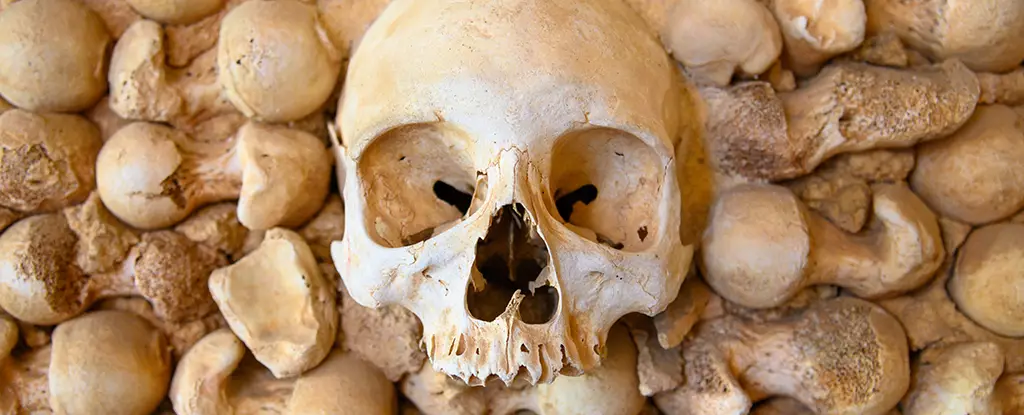A 400-year-old mystery around the identity of four men found buried in England’s first permanent settlement in the Americas may have at last been solved, revealing not just their identity but their scandalous connection. Based on a DNA analysis and archaeological research by a team of scholars, it’s now confirmed two of the anonymous souls laid to rest in the church graveyard of Jamestown, Virginia, back in 1610 CE, were one Sir Ferdinando Wenman and a Captain William West.
According to anthropologist Karin Bruwelheide from the Smithsonian Institution in Washington, DC, this study is the first to successfully use ancient DNA as a tool of identification at the colonial site of Jamestown, Virginia. This reveals the potential of ancient DNA as a means to solve historic mysteries, shedding light on the lives and connections of those who lived centuries ago.
The mystery surrounding the identity of the buried men deepened as analysis of the DNA revealed the two men’s mitochondrial haplogroup – a lineage of genes passed down from mothers to children – was a relatively rare one known as H10e. While Wenman’s maternal connections were known through genealogical records, it was William West’s familial connections that raised questions.
The DNA analysis not only pointed towards a familial connection between William West and Sir Ferdinando Wenman but also uncovered a scandalous family secret. Historical records indicated that Mary, who raised William, was believed to be his mother. However, the DNA analysis revealed that it was actually Mary’s sister, Elizabeth, who was William’s biological mother instead.
The revelation of the familial connections between Sir Ferdinando Wenman, Captain William West, and Governor Thomas West as first cousins added a layer of complexity to the story. The intricate web of relationships and the hidden truths about parentage in the 17th century highlight the nuances of social norms and family dynamics of the time.
A Testament to Modern Analysis Methods
Identifying the names and identities of these buried men after centuries is a testament to modern-day DNA analysis methods and their ability to provide insights into the past. By combining archaeological techniques, bone chemistry analysis, and historical records, researchers were able to piece together the puzzle of the identities of these individuals, offering a glimpse into their lives and motivations.
The discovery of the identities of Sir Ferdinando Wenman and Captain William West in Jamestown not only solves a centuries-old mystery but also adds color and humanity to the bones buried for centuries. It underscores the importance of interdisciplinary research in unraveling historical enigmas and showcases the power of modern scientific methods in revealing the hidden stories of the past.


Leave a Reply